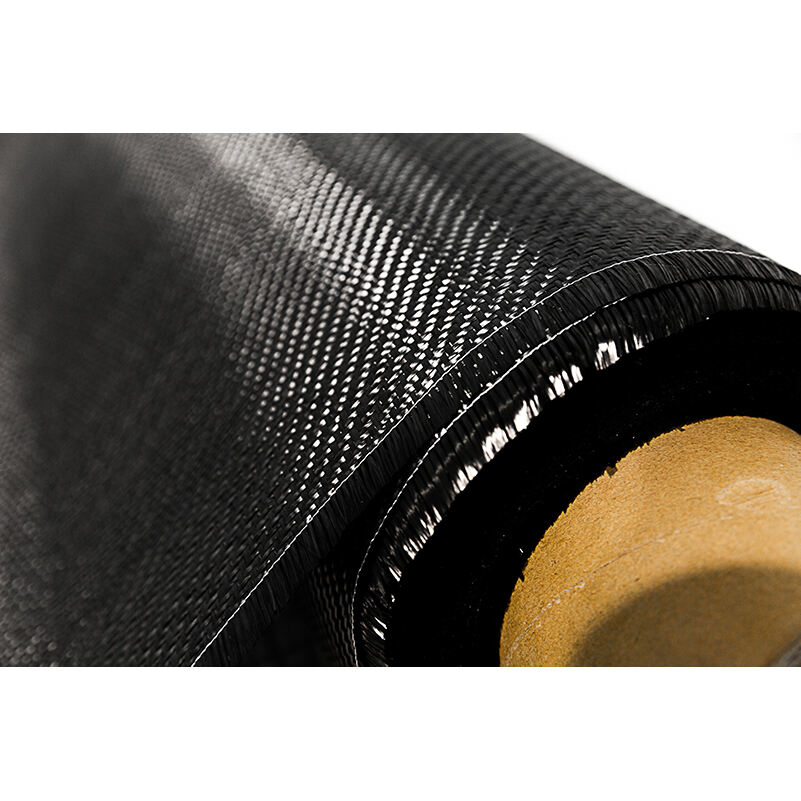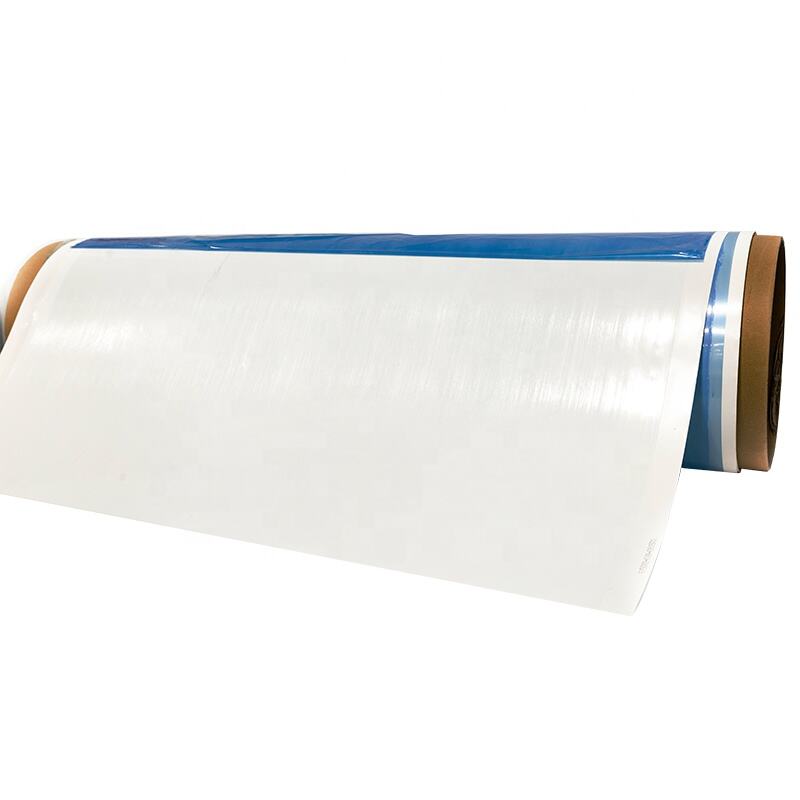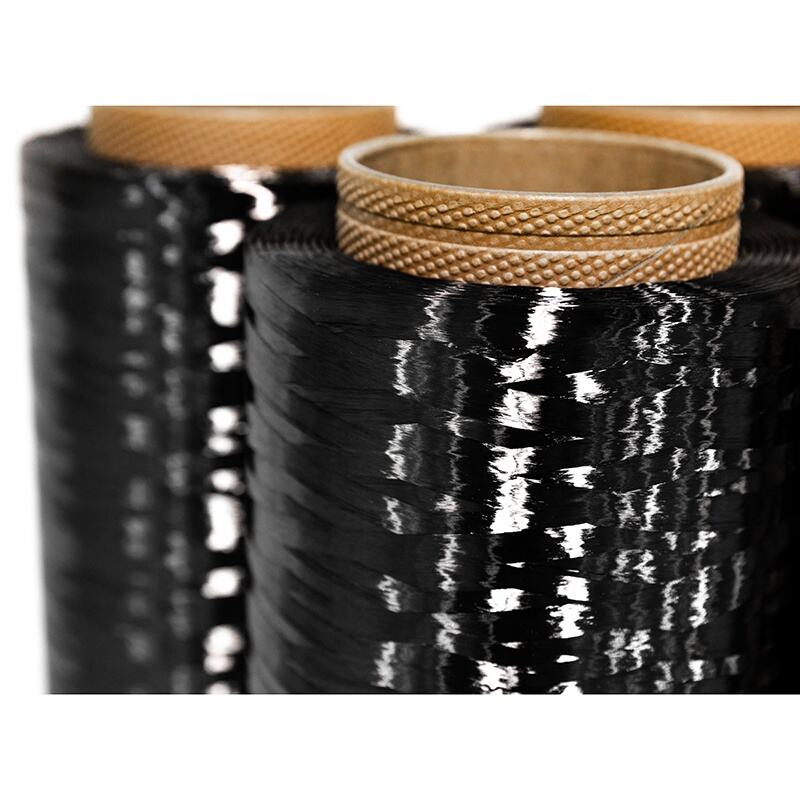carbon fiber construction
Carbon fiber construction represents a revolutionary advancement in modern manufacturing, combining exceptional strength with remarkable lightweight properties. This innovative material consists of thin, strong crystalline filaments of carbon that are woven together to create a robust composite structure. The manufacturing process involves carefully layering carbon fiber sheets with epoxy resin, which are then cured under controlled conditions of temperature and pressure. This results in a material that offers superior strength-to-weight ratio compared to traditional materials like steel and aluminum. The versatility of carbon fiber construction allows for its implementation across various industries, from aerospace and automotive to sporting goods and architecture. Its unique properties enable engineers to design structures that are not only incredibly strong but also significantly lighter than their conventional counterparts. The material's inherent resistance to corrosion and fatigue makes it ideal for demanding applications where durability is paramount. Advanced manufacturing techniques, including automated fiber placement and resin transfer molding, ensure consistent quality and optimal performance characteristics in the final product.


